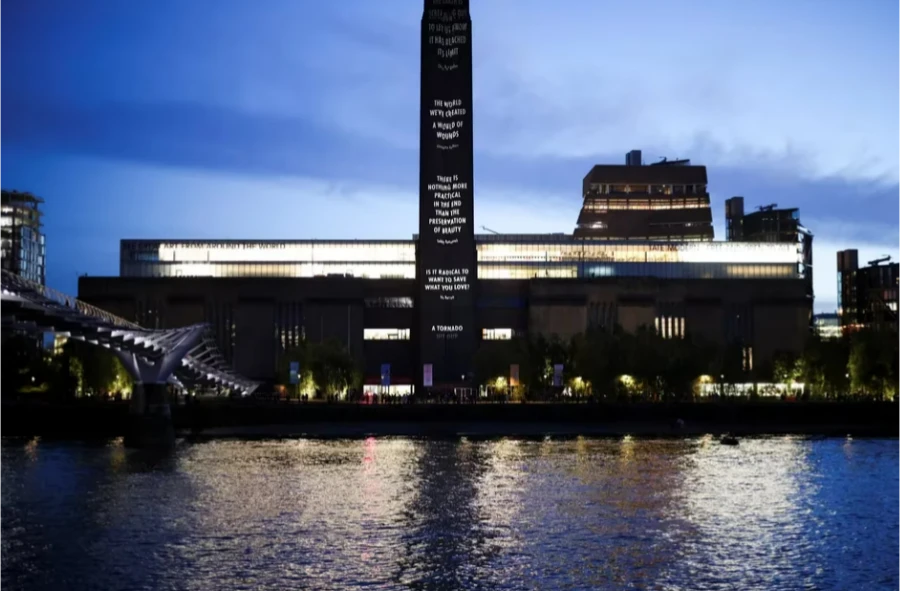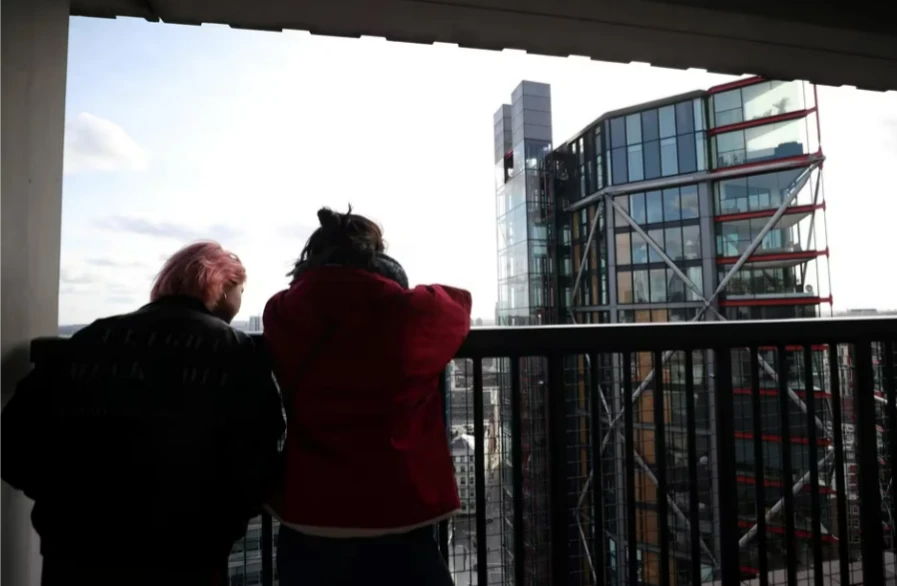The UK Supreme Court ruled in favor of the residents of a luxury housing complex, neighboring the world’s most visited museum. “They cannot be forced to live protected”, affirms the opinion
The UK Supreme Court says that people living in glass houses also have a right to privacy. The ruling states that a viewing gallery at London’s Tate Modern art gallery made residents of the luxurious glass apartments next door feel like animals in a zoo and prevented “the ordinary use and enjoyment” of their dwellings.
The judges overturned earlier rulings by lower courts that had sided with the Tate Modern in the long-running battle over privacy between the gallery – one of London’s biggest tourist attractions – and the residents of four apartments in the neighboring Neo Bankside complex.
Judge George Leggatt said the platform is visited by hundreds of thousands of people a year, who “frequently take pictures of the interiors of flats and sometimes post them on social media.”
“It is not hard to imagine how oppressive it would be for any normal person to live in such circumstances, something like being exposed in a zoo,” he wrote in the court’s majority ruling.
“It is beyond doubt that the viewing and photography taking place from the Tate building causes substantial interference with the ordinary use and enjoyment of the plaintiffs’ property.”
The court ruled that the gallery had violated “the common law of private nuisances.” Three justices supported the majority decision and two dissented.
The Tate Modern opened in 2000 in a former power station on the south bank of the River Thames. He helped transform the surrounding Bankside neighborhood from a riverside haven to a hub of arts and nightlife dotted with high-end apartment towers.
The terrace is part of a pyramidal expansion inaugurated in 2016 at the gallery, which receives more than five million visitors a year. Neo Bankside was finished a few years earlier.
Lawyers for the residents argued that the 10th floor platform, used by more than half a million gallery visitors a year, constituted a “relentless” invasion of residents’ privacy. They claimed that gallery visitors subjected the apartments to “intense visual scrutiny”, with some using binoculars and zoom lenses to get a better look.
The gallery said residents could solve the problem by lowering the blinds or putting up curtains, and High Court and Court of Appeal judges agreed.
But the High Court ruled that the gazebo constituted an “abnormal” use of the Tate Modern grounds and that the beleaguered residents were right.

The Tate Modern gallery, located in the converted Bankside Power Station and opened in May 2000, is the most visited museum in the world
“The claimants cannot be compelled to live behind curtains or with the blinds drawn all day to protect themselves from the consequences of trespass caused by Tate Modern’s abnormal use of its grounds,” the judges said.
The residents had asked that the gallery either shield their apartments from view or compensate them for damages. The Supreme Court referred the case back to the High Court for a decision on the appropriate solution.

